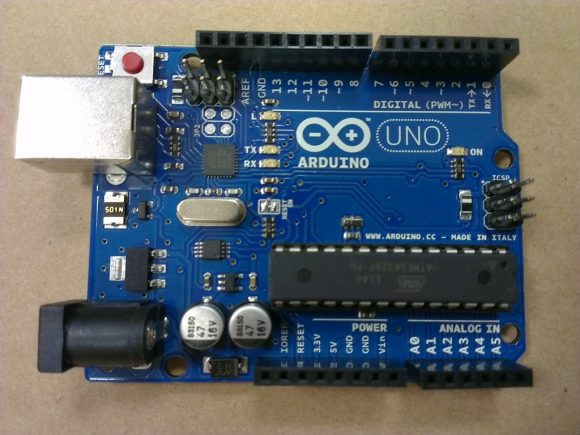
The first time I heard about Arduino was when Google announced, at Google I/O 2011, the Android Open Accessory Development Kit based on Arduino. Arduino is a prototyping system for embedded projects, something a hobbyist would use to build all sorts of interesting electronic gadgets. I was quite excited about the announcement because, well, it’s an interesting development for Android, and also, I love the idea of building interesting electronic gadgets.
I haven’t spent much time building electronic gadgets. There are so many other interesting things to do, and this is one of those areas I ended up not spending much time on. But when I learnt of Arduino, I thought, hey, this platform makes things really convenient. It’s not so much about the Android-Arduino connection that made the difference (although it certainly is a nice thing), Arduino on its own is already very powerful and has great potential to drive interesting projects.
Yet, I didn’t get around to play with Arduino. Not until now. I’ve recently been working on some ideas. I didn’t initially think about using Arduino, but then someone suggested to me such a platform, and then, I remembered about it, and thought it’s a pretty good idea. For two reasons:
- Arduino would work just as well as other solutions I had in mind.
- It’s the opportunity for me to actually get started playing around with Arduino.
So, some web-surfing, looking for online shops, and then I ordered the SparkFun Inventor’s Kit. It comes with the new Arduino Uno R3 board and a whole bunch of stuffs to help get you started. Stuffs like LEDs, resistors, wires, push-buttons, various sensors, a buzzer, motor, servo, etc. All useful stuffs to play around with, conveniently bundled together. The kit enables you to try out some ideas easily, without frustrating yourself out trying to figure out all the individual parts that you’d need to order separately.
It’s really easy to get started with Arduino, particularly when you have a Starter Kit anyway. The tutorials, included in the kit but also available online, are simple and very easy to follow. I am quite pleased that there is out-of-the-box support for Mac OS X, not just in terms of the software development environment, but even tailored instructions.
In time to come I’m sure I’d have more Arduino pursuits to share. Right now, I feel like I’m going back to O-level (or A-level?) physics, re-learning some basic concepts of how to connect up electrical and electronic circuits.
